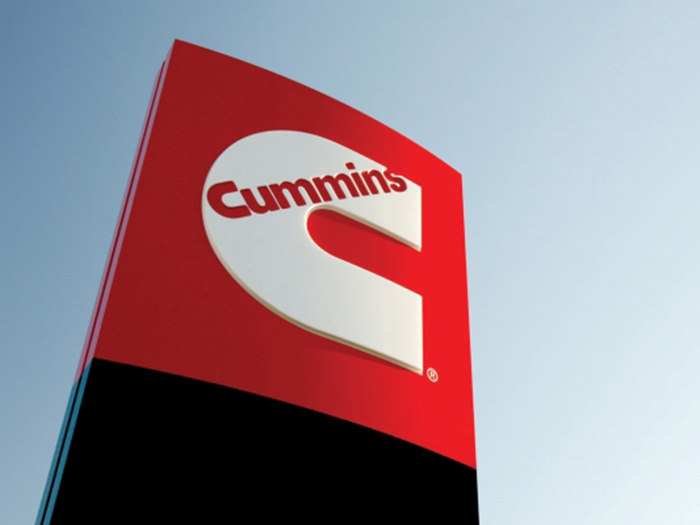
Cummins unveils IMO Tier III strategy
Written by Nick Blenkey
Cummins Inc. (NYSE: CMI) today unveiled its solution for meeting IMO Tier III emissions regulations.
The company will utilize proven Tier II engine technology and add a Selective Catalytic Reduction (SCR) aftertreatment system. A unique feature will allow the ship’s crew to manually “pause” the SCR system whenever operating outside of a controlled emission area, thus reducing DEF (urea) usage and expenses for a lower cost of operation.
The dual-tier strategy has another significant benefit. Fleet owners with existing Tier II Cummins engines can simply add the SCR system, recalibrate the electronic control module and meet both Tier II and Tier III regulatory standards where appropriate.
Edmonds Brown, Commercial Marine Segment Leader for Cummins noted, “With 100 years of diesel experience and one of the largest commitments to research and development of any engine manufacturer, we fully examined all the alternatives. The dual-tier solution provides our customers with a proven product that has an impeccable track record of reliability, durability and efficiency. It adds emissions technology to meet IMO regulations – without waste or unnecessary complexity.”
Total cost of operation was a key consideration, Brown added. “The reduced use of DEF is so significant that, together with the inherent fuel efficiency of our QSK19, QSK38, QSK50 and QSK60 engines, it offers customers a solution that not only meets the latest regulations but also benefits their business.”
The aftertreatment system has a modular design utilizing a Vanadia-based catalyst that can be easily serviced by a single crew member via an access panel. It can be operated with either 32.5% or 40% concentrations of DEF. A fully-integrated digital display allows continuous monitoring of data as well as proof of effectiveness for routine on-vessel audits.
Engine configurations are available for both propulsion and auxiliary power across all high-horsepower platforms except QSK50. The QSK50 solution is available now for auxiliary applications. The QSK60 solution is also available now, with QSK19 and QSK38 being released in 2020.




